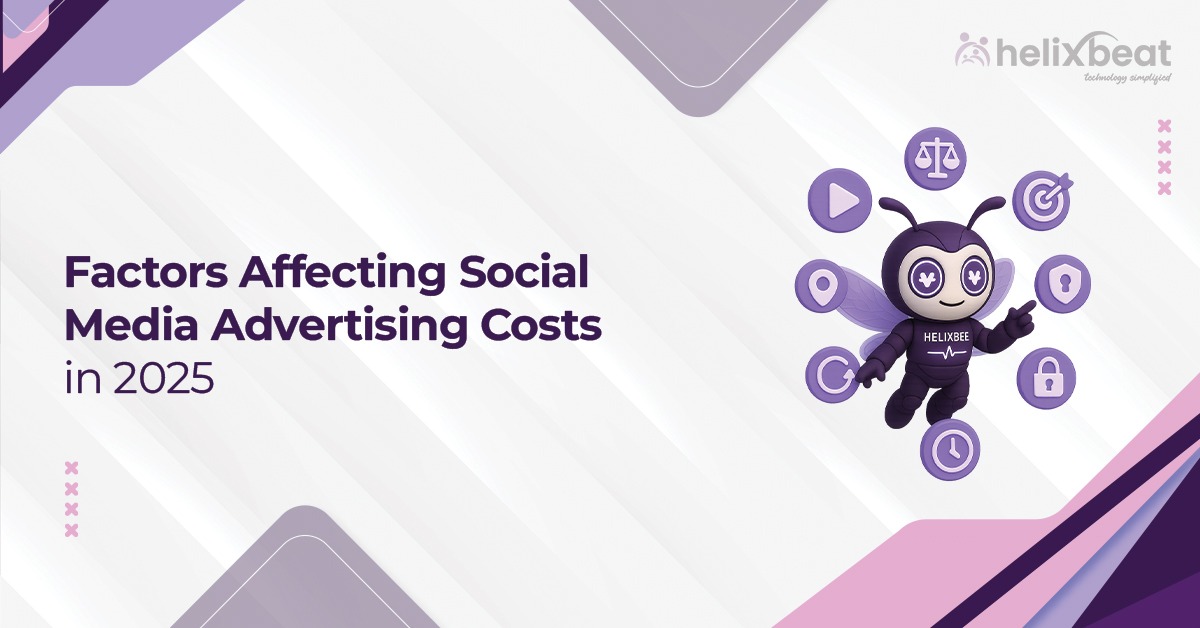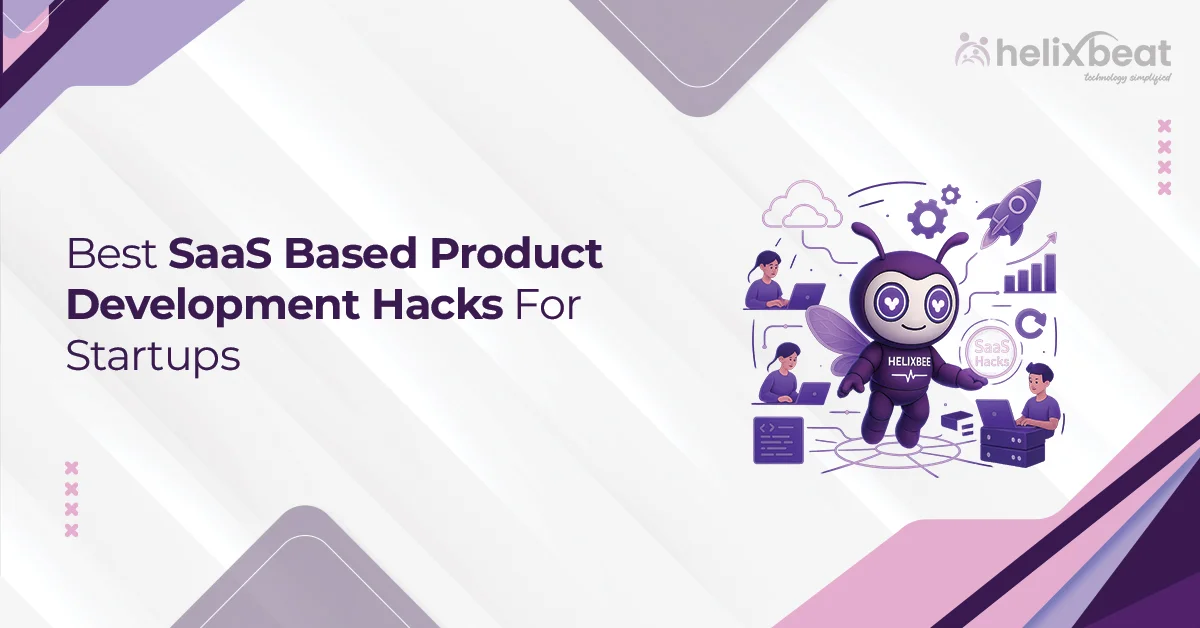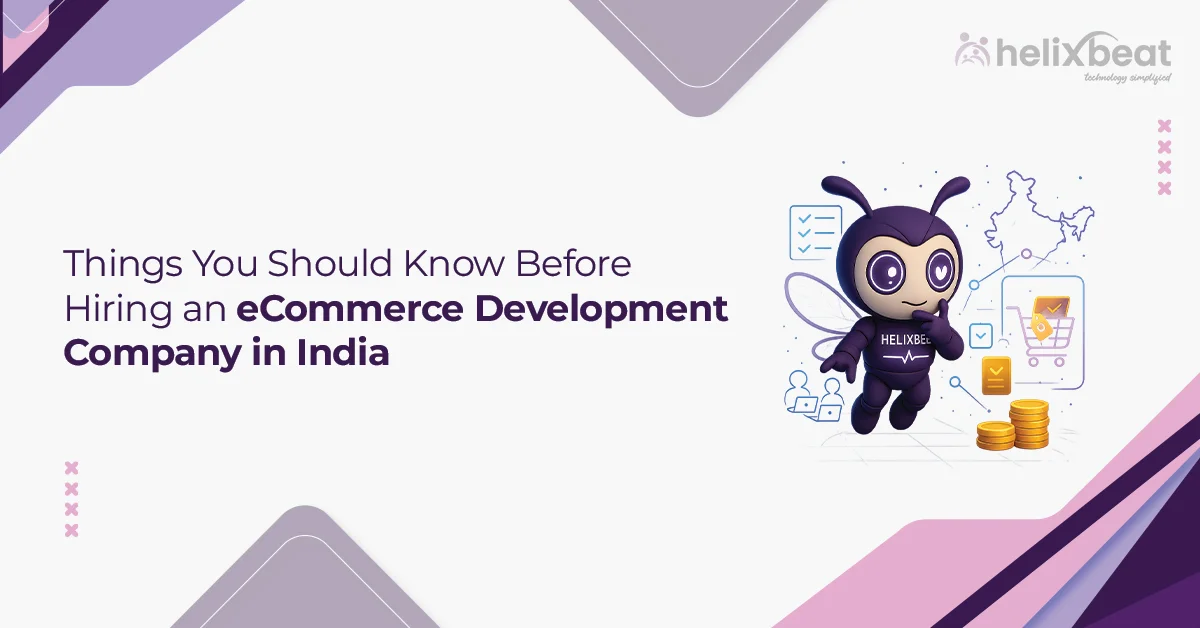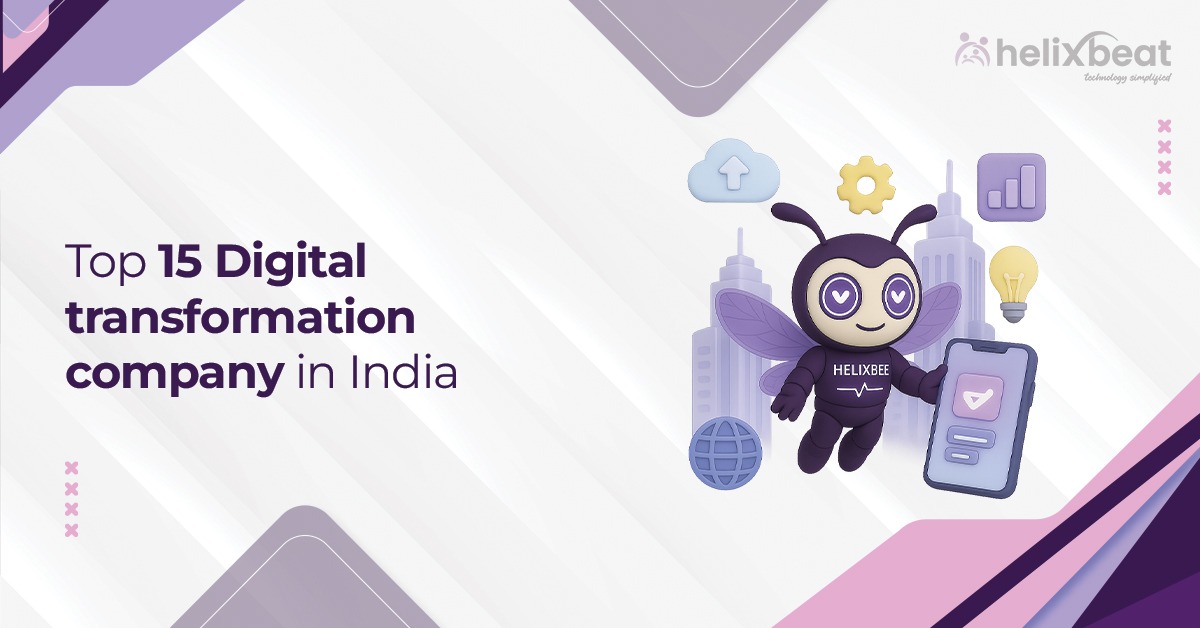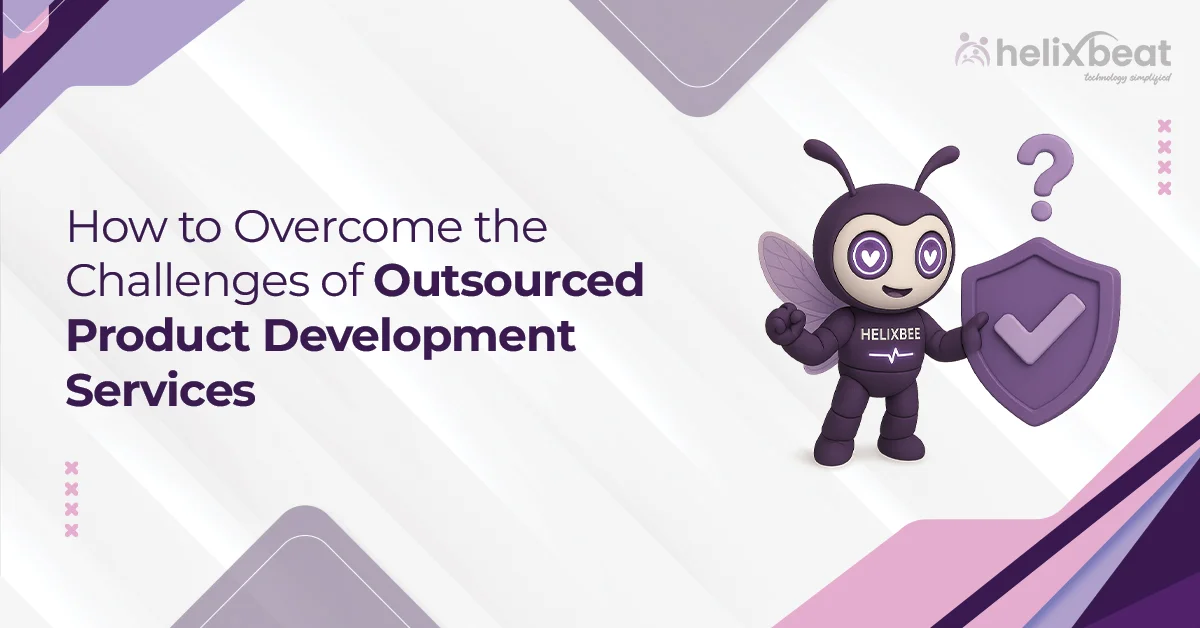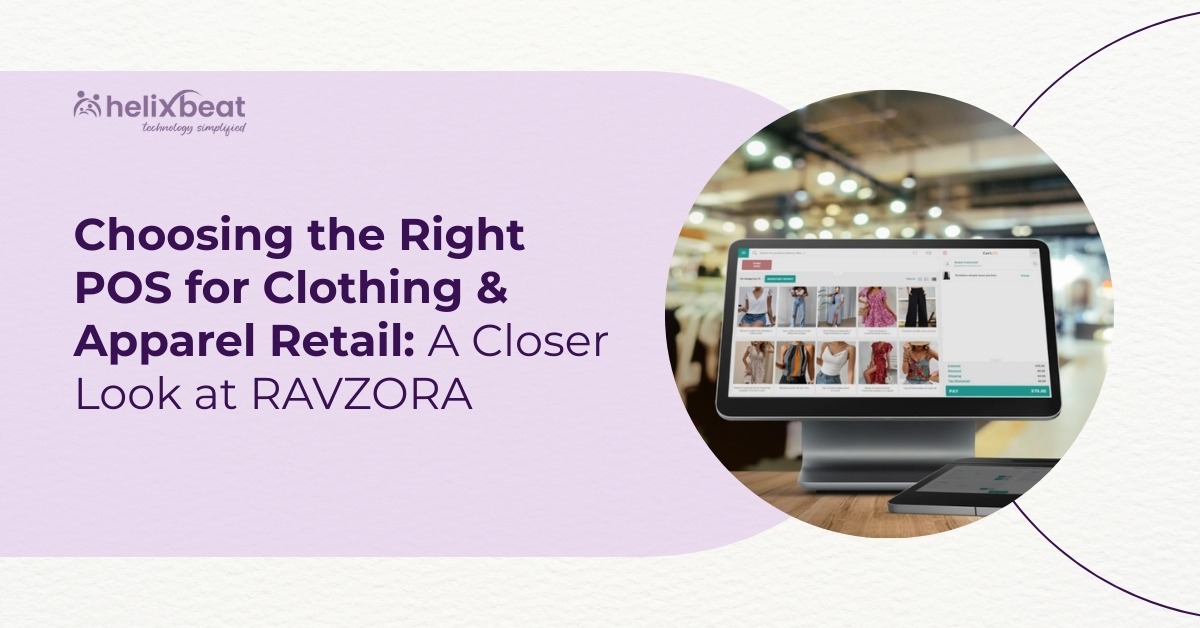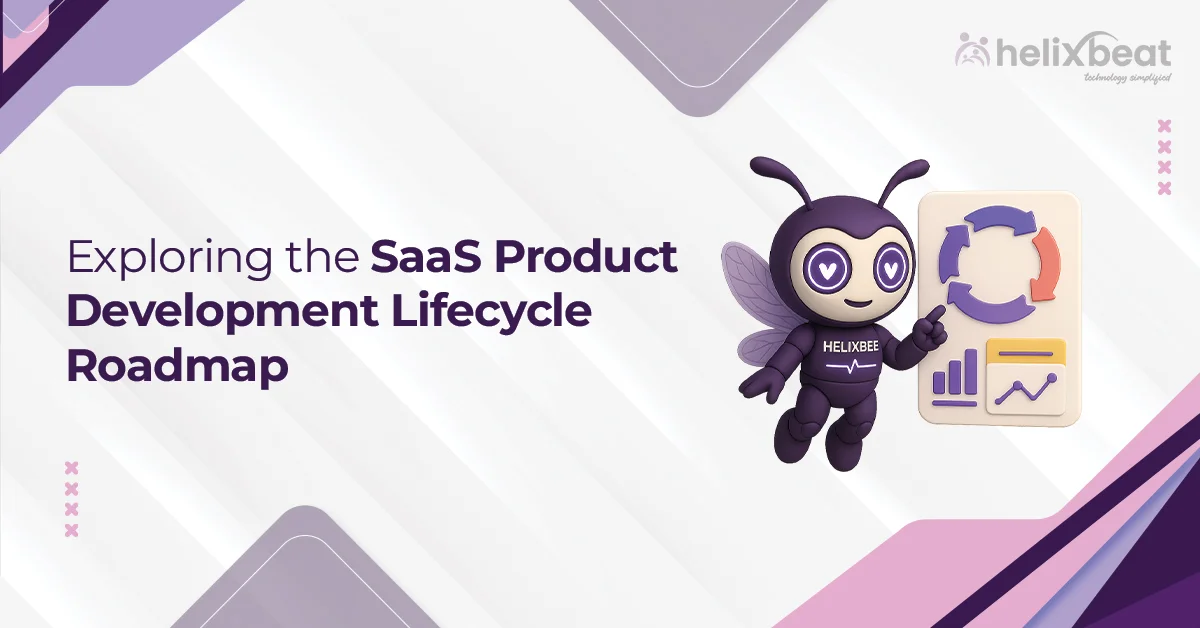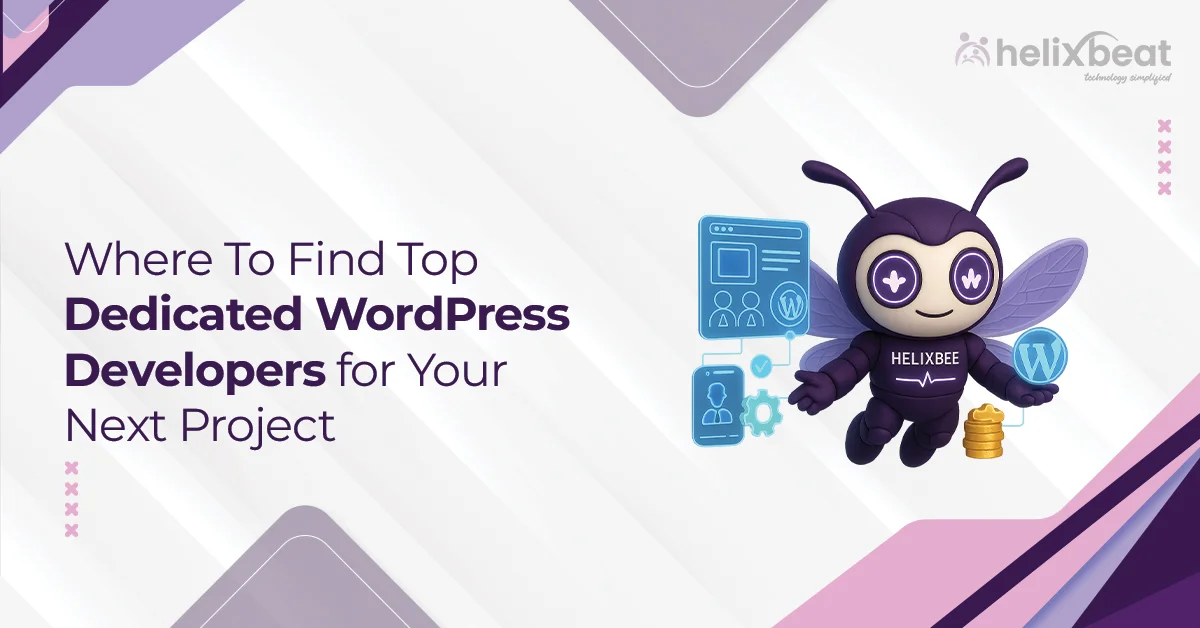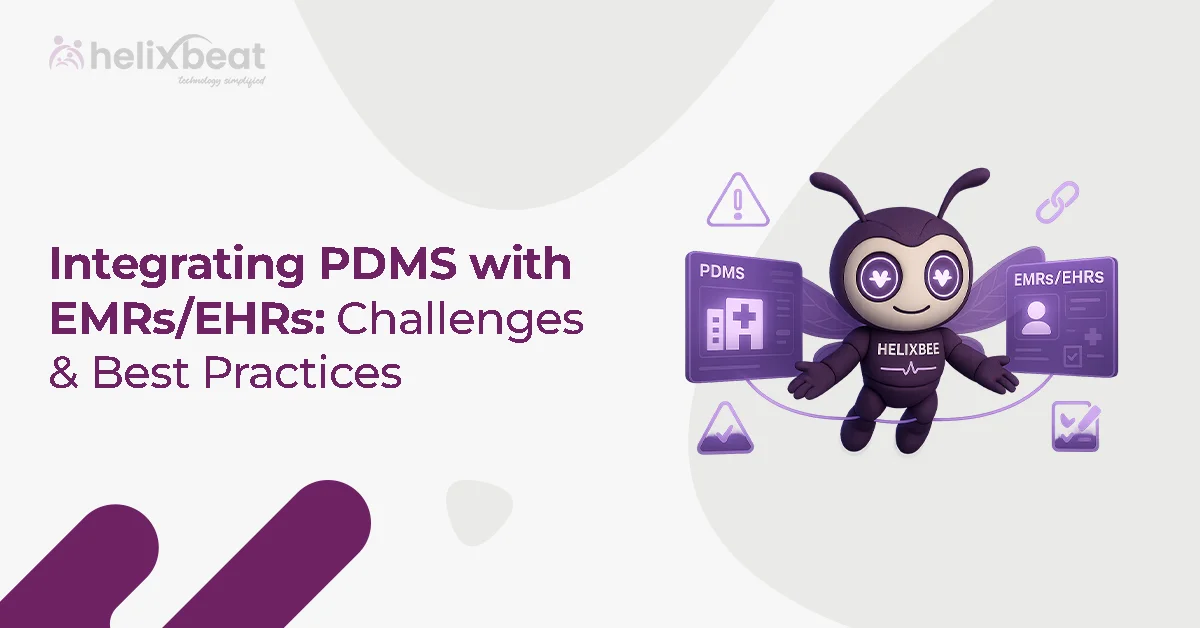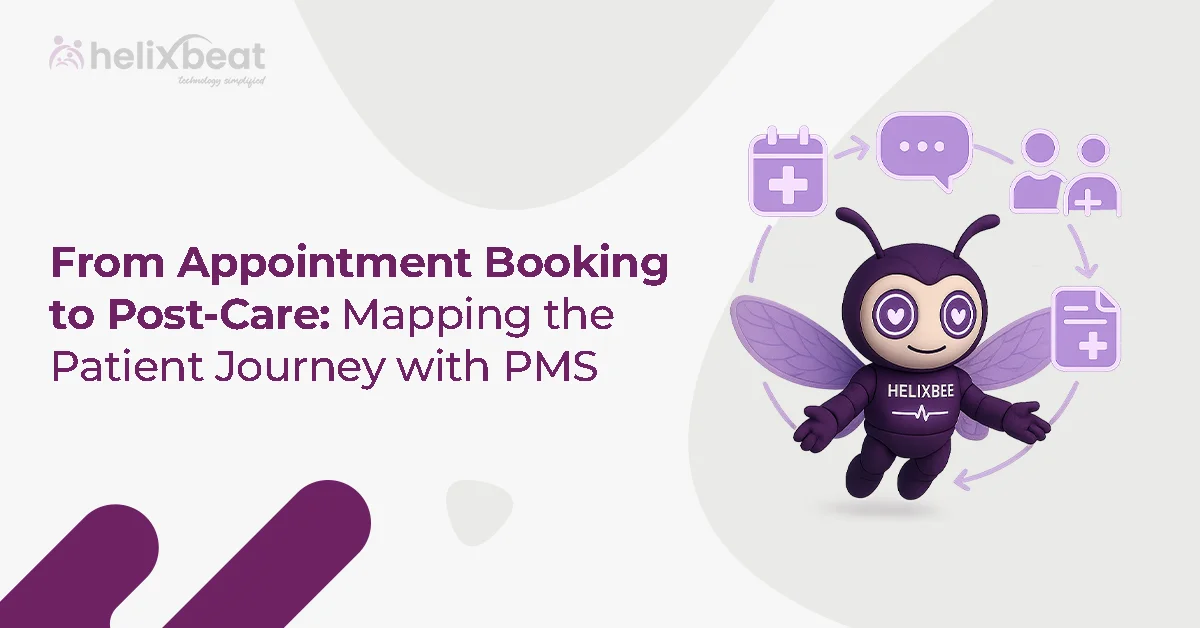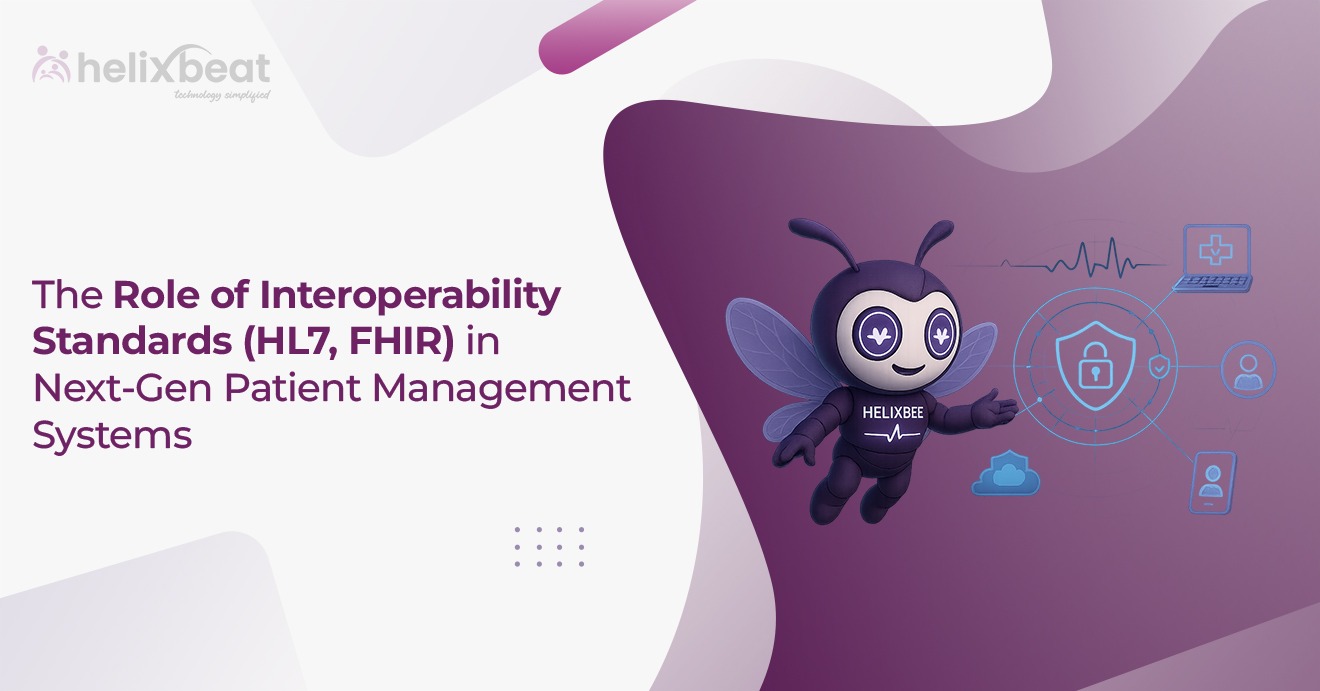Social media advertising costs in 2025 are shaped by multiple factors affecting your business’s ROI. With rising competition for ad space, small businesses need to grasp what drives these costs and how to manage their budget for maximum exposure. Understanding effective strategies for social media advertising can help optimize your spend and promote your services effectively.
Table of Contents
The Impact of Social Media Advertising on Small Businesses
Social media advertising has become one of the most powerful tools for small businesses in 2025. With billions of active users on platforms like Facebook, Instagram, TikTok, and LinkedIn, advertising on these platforms allows businesses to target specific demographics with precision. It is not just about visibility; effective social media advertising helps build brand recognition, attract customers, and increase conversions.
By understanding the factors that influence social media advertising costs, small businesses can ensure they maximize their ad spend and effectively connect with their target audience.

Factor 1: Platform Choice
Different platforms cater to different audiences and offer various features, so understanding which platform aligns best with your business goals and target demographic is essential. Here are key aspects to consider when selecting a platform:
1. Audience Demographics
Each social media platform has a distinct user base, and understanding your target audience’s habits and preferences can significantly influence your advertising costs. For example:
- Facebook/Instagram: Ideal for broad audience targeting, especially for small businesses aiming for wide visibility. With over 3 billion users across both platforms, they are perfect for businesses that want to target a variety of age groups and interests.
- LinkedIn: Best suited for B2B businesses, professionals, and services targeting high-income individuals or corporate clients. However, it tends to be more expensive per click than other platforms, making it crucial to have a clear strategy if you decide to invest in it.
- TikTok: A rapidly growing platform with a younger demographic. If you’re targeting Gen Z or millennials, TikTok’s video-centric format can yield high engagement, but ad costs can vary depending on competition.
- Twitter: Effective for real-time engagement and driving traffic during events, promotions, or trending topics, but often sees higher competition in industries like technology or media.
2. Ad Format and Features
The type of ads you want to run also impacts your choice of platform. For instance:
- Instagram and Facebook: Both platforms offer a variety of ad formats, like photo, video, carousel, and story ads. These platforms offer excellent tools for interactive ads, including polls and shoppable posts, which can drive engagement at a lower cost per click (CPC).
- LinkedIn: Best for sponsored content, InMail ads, and text ads. These formats are tailored for lead generation and professional services.
- TikTok: Highly engaging video ads that align with the platform’s culture and user expectations. If your product or service can be creatively showcased in a short-form video, TikTok can offer strong results.
3. HelixBeat’s Expertise in Platform Strategy
At HelixBeat, we specialize in developing digital marketing services tailored to your business and platform of choice. Whether you’re focusing on Facebook, Instagram, or LinkedIn, our team helps design targeted, effective campaigns that maximize your ad spend. We analyze platform demographics, ad format efficacy, and audience behavior to ensure your ads reach the right people at the best cost.
Factor 2: Audience Targeting
Social media platforms offer a range of targeting options that enable businesses to reach their ideal customers based on demographics, interests, behaviors, and geographic location. The more refined your targeting, the more likely your ads will be shown to users who are most likely to engage and convert.
1. Demographic Targeting
Demographic targeting allows you to reach audiences based on characteristics such as age, gender, income, education level, and marital status. For instance, if you’re promoting a product that appeals to young professionals, you can refine your targeting to reach users within a specific age range and income level. This ensures that your ad budget is spent on users most likely to show interest, thereby improving your ad performance and reducing unnecessary costs.
2. Behavioral Targeting
Social media platforms track users’ online behavior, such as websites visited, previous purchases, and engagement with content. Behavioral targeting allows you to create campaigns that target users based on actions they’ve taken online. For example, if someone has recently searched for a product similar to yours, behavioral targeting enables you to show ads that cater to their interests. This type of targeting is particularly effective for remarketing campaigns, where you can re-engage users who have interacted with your business in the past.
3. Geographic Targeting
Geographic targeting, also known as geo-targeting, is crucial for businesses seeking to connect with local customers. By focusing on specific locations, such as cities, regions, or even proximity to your business, you can ensure that your ads are shown to users who are geographically close to your store, restaurant, or office. This is especially important for small businesses aiming to attract local customers. You can even target specific neighborhoods or zip codes to improve the relevance of your ads and reduce costs by excluding irrelevant audiences.
Factor 3: Ad Format and Creativity
The type of ad format you choose, whether it’s an image, video, carousel, or story, affects the overall cost. Creative formats like video ads and interactive elements often have a higher cost, but they can also generate more engagement. Consider:
- Video ads: While more expensive to produce, they tend to have higher engagement rates.
- Image and carousel ads: Less expensive but effective for displaying products or services in a simple format.
- Balancing creativity with budget is key to controlling social media advertising costs.
Factor 4: Bid Strategy and Budget
Choosing the right bid strategy and setting an appropriate budget for your goals ensures you don’t overspend while still achieving meaningful results. Experiment with different bidding strategies to find the most cost-effective option for your business. Ad platforms typically offer multiple bid strategies:
- Cost-per-click (CPC): You pay each time someone clicks on your ad.
- Cost-per-impression (CPM): You pay for every 1,000 impressions your ad receives.
- Cost-per-action (CPA): You pay when a user takes a specific action, such as filling out a form or making a purchase.
Factor 5: Industry Competition
Specific industries are more competitive than others, which affects the costs of social media advertising. For example, industries like finance, healthcare, and real estate tend to have higher costs per click (CPC) due to increased competition for ad space.
- Niche businesses may face less competition, allowing them to bid lower and still achieve great results.
- If you’re in a highly competitive industry, consider focusing on social media advertising for small business strategies that leverage niche targeting or more cost-effective ad formats.
Factor 6: Seasonality and Timing
Seasonality plays a significant role in social media advertising costs. Advertising costs tend to rise during peak seasons when demand for ad space increases, such as during holidays, special events, or sales periods. Understanding how to navigate these fluctuations can help businesses save money and optimize their ad spend. Here’s a closer look at how seasonality and timing affect your advertising strategy:
1. Peak Seasons and High Demand
During the busiest shopping times, such as Black Friday, Cyber Monday, and Christmas, social media platforms experience a surge in advertising demand. This increased competition drives up the cost-per-click (CPC) and cost-per-impression (CPM). However, these times also offer high engagement potential, making it essential to time your campaigns strategically. To make the most of your budget during these peak times:
- Plan your campaigns well in advance to avoid last-minute ad purchases.
- Use remarketing strategies to target previous visitors or potential customers during these busy periods.
- Take advantage of special promotions and holiday-themed ads to capture the audience’s attention.
2. Off-Peak Seasons and Cost Efficiency
On the other hand, off-peak times, when fewer businesses are advertising, offer more cost-effective opportunities. During these slower months, competition for ad space drops, which can lower the cost of running ads. It’s a great time to experiment with new creatives or reach specific, niche audiences with lower CPC rates.
3. Strategic Timing for Your Business Needs
Timing isn’t just about holidays; it’s also about understanding when your target audience is most active. For example, businesses in industries like fitness or wellness may see more engagement in the New Year when people are focused on New Year’s resolutions. By using HelixBeat’s digital marketing services, businesses can strategically plan their ad campaigns around key moments in their industry or customer behavior, ensuring that their ads are seen at the most opportune times. HelixBeat can also help optimize ads for seasonal trends to maximize reach and reduce wasted spend.
Factor 7: Campaign Optimization and Management
The ongoing management of your campaign can significantly impact social media advertising costs. Regular monitoring, A/B testing, and optimizing your campaigns based on performance metrics (such as CTR, engagement rate, and conversions) can help reduce unnecessary costs.
Consider using automated tools that help you optimize your ad spend for better results at a lower cost. Effective campaign management helps ensure that your ads perform optimally and stay within budget.
Ready to boost your business’s visibility and drive conversions with cost-effective ads? Sign up for a free demo to see how HelixBeat can help optimize your campaigns.
Why Small Businesses Should Consider Social Media Advertising
Social media advertising has become a vital tool for small businesses in 2025, offering unique opportunities for growth and success. Here’s why small businesses should seriously consider incorporating social media advertising into their marketing strategy:
1. Cost-Effective Marketing with Precise Targeting
Social media advertising allows small businesses to reach their ideal audience without the high costs associated with traditional advertising methods. Platforms like Facebook, Instagram, and LinkedIn offer detailed targeting options, including location, interests, demographics, and behaviors, enabling businesses to deliver ads to the most relevant users.
This level of precision helps ensure that advertising budgets are used efficiently, reaching potential customers who are most likely to engage and convert.
2. Increased Brand Awareness and Reach
Social media platforms are used by billions of people worldwide, making them an ideal space for building brand awareness. Advertising on these platforms increases your brand’s visibility, especially when combined with organic social media efforts.
For small businesses looking to establish their presence, social media ads are a great way to gain recognition and get in front of a wider audience. Whether it’s through sponsored posts, video ads, or carousel ads, your business can capture the attention of potential customers and build long-term brand loyalty.
3. Highly Measurable and Data-Driven Results
One of the most significant advantages of social media advertising is the ability to track and measure results in real-time. Small businesses can quickly see how their ads are performing based on key metrics like click-through rates (CTR), impressions, engagement, and conversions.
This data enables businesses to optimize their campaigns for maximum performance, ensuring they achieve the best possible return on investment (ROI). The ability to measure every aspect of an ad campaign ensures businesses can make data-driven decisions and refine their strategies as needed.
Need a tailored approach to promoting small businesses on social media? Book a free consultation with HelixBeat and discover how we can help you reach your goals.
Why Choose HelixBeat for Social Media Advertising Services
Here’s why you should choose us for your social media advertising needs:
1. Expertise in Social Media Advertising for Small Businesses
At HelixBeat, we specialize in creating highly targeted social media ad campaigns specifically designed for small businesses. We understand the unique challenges that small businesses face, including budget constraints and limited resources. Our team leverages years of expertise in running cost-effective ads across platforms like Facebook, Instagram, LinkedIn, and TikTok, ensuring that every ad dollar spent generates the maximum possible return on investment.
2. Customized Advertising Strategies
Every business is unique, and so is its audience. We don’t believe in one-size-fits-all solutions. At HelixBeat, we take the time to understand your business, goals, and target audience. Our team crafts customized social media advertising strategies that align with your specific needs, whether you’re looking to drive traffic, increase conversions, or boost brand awareness. By focusing on tailored approaches, we help you stand out in a crowded market.
3. Comprehensive Digital Marketing Services
HelixBeat offers more than just social media advertising. Our digital marketing services encompass a range of strategies, including SEO, performance marketing, email campaigns, and content marketing. This integrated approach allows us to create cohesive campaigns that not only drive social media engagement but also enhance your overall online presence. By using a holistic strategy, we ensure all your marketing efforts work together to deliver optimal results.
Struggling with high ad costs? Let us show you how to optimize your social media advertising costs for better results. Start your free trial now and see the difference.
The Big Picture
By understanding the factors that influence these costs, such as platform choice, audience targeting, and ad format, you can better manage your budget and ensure that your advertising dollars are spent efficiently. As social media platforms continue to evolve, businesses must stay informed about these dynamics and adapt their strategies accordingly.
For small businesses, maximizing the ROI of social media advertising is essential to competing in an ever-growing digital marketplace. With the right approach, even modest budgets can yield significant results, driving traffic, building brand awareness, and boosting conversions. By partnering with experts like HelixBeat, businesses can leverage advanced strategies to get the most out of their social media advertising efforts.
FAQs
- What factors affect social media advertising costs?
Platform choice, audience targeting, ad formats, bid strategy, competition, seasonality, and campaign optimization all play a role in determining costs.
- How can small businesses manage their social media advertising costs?
By choosing the right platforms, targeting effectively, and optimizing campaigns regularly, small businesses can control their advertising costs.
- What is the best bid strategy for small businesses?
CPC and CPA bidding strategies are ideal for small businesses that want to control costs and pay only for specific actions.
- Is social media advertising expensive for small businesses?
It depends on various factors such as targeting, competition, and ad format. However, social media advertising can be affordable for small businesses when managed well.
- How can I reduce social media ad costs during peak seasons?
Plan ahead, run ads during slower months, and use effective targeting to reduce competition during peak times.
- How often should I optimize my social media campaigns?
Regular optimization is key. Monitor campaigns weekly, adjust targeting, test new creatives, and refine strategies based on performance metrics.
- What is the average CPC for social media ads?
CPC varies by platform, industry, and targeting. On average, CPC on Facebook is around $1–$2, while LinkedIn tends to be more expensive.
- Can I use social media advertising to promote local businesses?
Yes, social media ads are highly effective for local businesses. Platforms like Facebook and Instagram offer excellent local targeting options.
- Are video ads more expensive than image ads?
Yes, video ads tend to be more expensive to produce and run, but they also often result in higher engagement rates.
- How do I measure the success of my social media ads?
Track key performance indicators (KPIs) like CTR, conversion rates, engagement rates, and ROI to measure campaign success.
- What is the best social media platform for small businesses?
The best platform depends on your business type and target audience. Facebook, Instagram, and TikTok are great options for most small businesses.
- How do I target the right audience for my social media ads?
Use detailed targeting options like demographics, interests, behaviors, and location to reach your ideal audience.



